 Curing cancer is a top medical priority, yet it remains out of reach despite the resources and research invested so far. Statistics show that almost 40% of people will be diagnosed with cancer at some point in their life and that national expenditure in the U.S. is projected to reach $156 billion by 2020. As most as 30% of the spending comes from the patient’s pockets even for insured individuals. This could be a substantial financial burden, which sometimes it translates to medical bills in collections, also damaging the credit score and adding emotional pressure.
Curing cancer is a top medical priority, yet it remains out of reach despite the resources and research invested so far. Statistics show that almost 40% of people will be diagnosed with cancer at some point in their life and that national expenditure in the U.S. is projected to reach $156 billion by 2020. As most as 30% of the spending comes from the patient’s pockets even for insured individuals. This could be a substantial financial burden, which sometimes it translates to medical bills in collections, also damaging the credit score and adding emotional pressure.
First of all, it is essential to know that “cancer” is a general term describing a set of malfunctions related to chaotic cell growth. The challenge is that since the uncontrolled development is due to DNA mutations, no two cases are the same and similar manifestations are usually triggered by different causes. This causes difficulties in prescribing a treatment that will have a positive outcome.
The answer could come from precision medicine, a data-driven approach to healthcare. This new way of treatment looks at a patient’s DNA sequence and tries to find patterns related to cancer by using machine learning and Big Data. It compares the current DNA sample with existing libraries from already diagnosed individuals in an attempt to pinpoint the genes that could play an active role in cancer development.
Another remarkable project is canSAR, a drug discovery endeavor. It uses terabytes of information on proteins and their interactions in the body. The algorithms are looking for signs of mutations due to cancer and ways to reverse these by chemical interaction between substances. Once a suitable drug is found through, it goes through the usual approval process, but months or even years of trial and error are saved. The results are valuable since it also gives an indication of what drugs won’t work, thus saving money and lives.
One of the most successful uses of Big Data for cancer so far was in image processing. An algorithm with accuracy ranging between 80-90% was developed by researchers from Case Western. Their findings show that different types of breast cancer produce different textures in the MR scans and could classify tumors and even offer an early diagnosis that could lead to personalized, less-invasive treatments.
Based on evidence found so far, it is safe to say that fighting cancer will get a boost from technological advancements. The goal now is to learn as much as possible about every cancer type and create comprehensive and connected databases. Letting machines find the patterns in data might seem far-fetched, but it could prove more efficient than the solutions employed until now.
